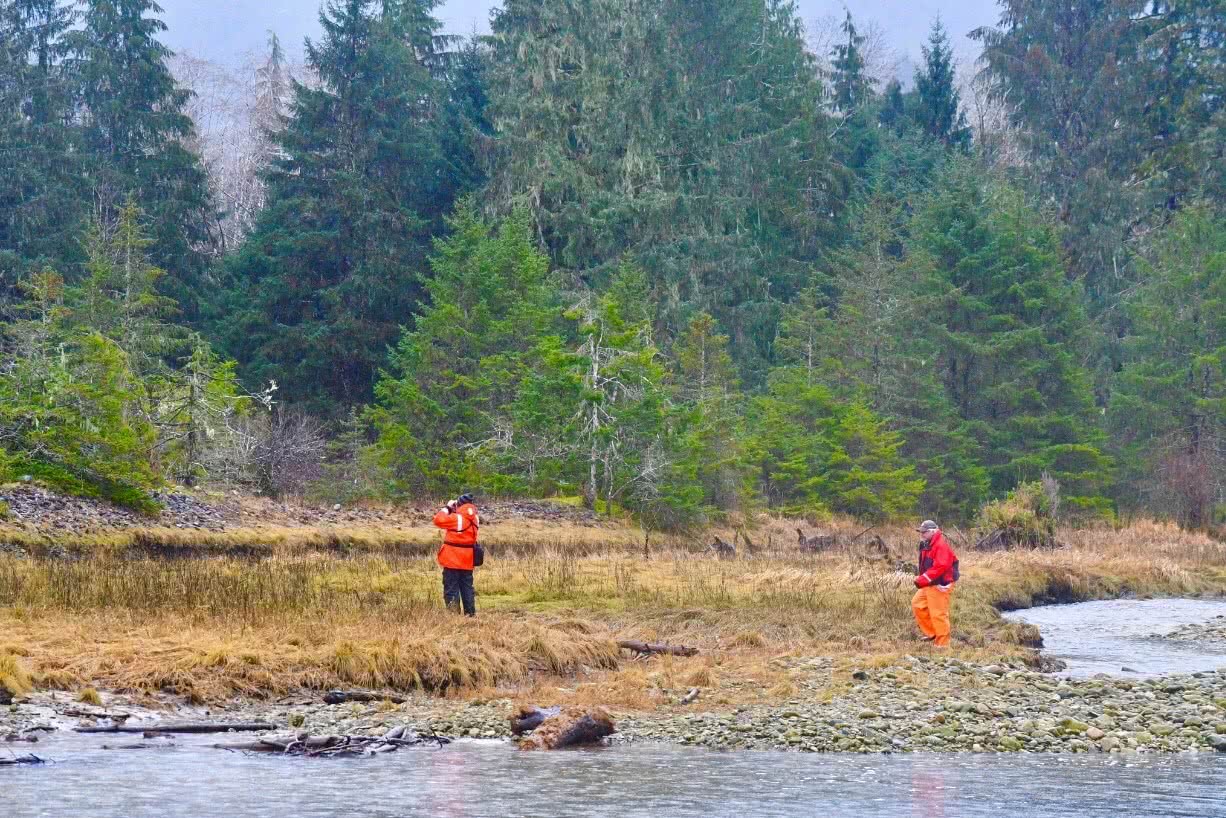SCAT is short for Shoreline Cleanup & Assessment Technique. SCAT helps responders assess and document shorelines contaminated by an oil spill. The SCAT program will generate information on the oiling conditions and will help the management team to decide on the appropriate response treatment techniques and treatment completion.
SCAT teams are typically made up of trained people from local Indigenous Nations, the provincial and federal governments, and when applicable, representatives of the responsible party and local stakeholders. The Province of BC is usually represented by the Ministry of Environment and Climate Change Strategy (ENV) and the federal government by the Canadian Coast Guard (CCG), Environment and Climate Change Canada (ECCC) and any other federal agencies that can be involved in the spill such as Parks Canada, Federal ports, etc.
To help the SCAT survey, the shoreline is divided into segments. These segments are based on similar shoreline types such as sandy beach, sediment mixed beach, bedrock cliff, etc. The type of substrates on the shore affects the fate and behaviour of oil and have direct impact on the choice of treatment.
The role of SCAT teams is to survey their assigned segments and complete the SCAT documentation forms. While evaluating the shoreline, SCAT teams will examine each segment and collect information on oiled and non-oiled zones. Discussions about the distribution, percentage and characteristics of oil coverage take place to make sure everyone on the SCAT team agrees with the assessment. A shoreline is very dynamic with the tide changes and wave action and the oil can be buried or remobilised. Because of this, the subsurface is monitored by digging pits along the shore.
SCAT teams aim to provide treatment recommendations that reduce further impact to the environment. Unified Command uses treatment objectives, treatment endpoints, priorities and best management practices to determine the best cleanup option. These recommendations are used to make sure the risks and impacts of certain cleanup techniques do not outweigh the benefits of the environment.
Over the life of a long incident, SCAT can be broken into different phases. A SCAT reconnaissance survey is a rapid survey of the affected area that documents the general distribution and character of any oil on the shoreline. It provides a broad overview of the scale and magnitude of the situation for strategic planning and helps identify priorities for the initial shoreline response. SCAT monitoring refers to checking designated areas during an incident to ensure that conditions have not changed or identifying any changes in the environment. SCAT systematic surveys occur once clean up is ready to begin. These surveys are used to develop recommendations for the overall shoreline response strategy and to generate Shoreline Treatment Recommendations. The final step is to verify that the agreed upon treatment criteria were reached and the treatment completed.


